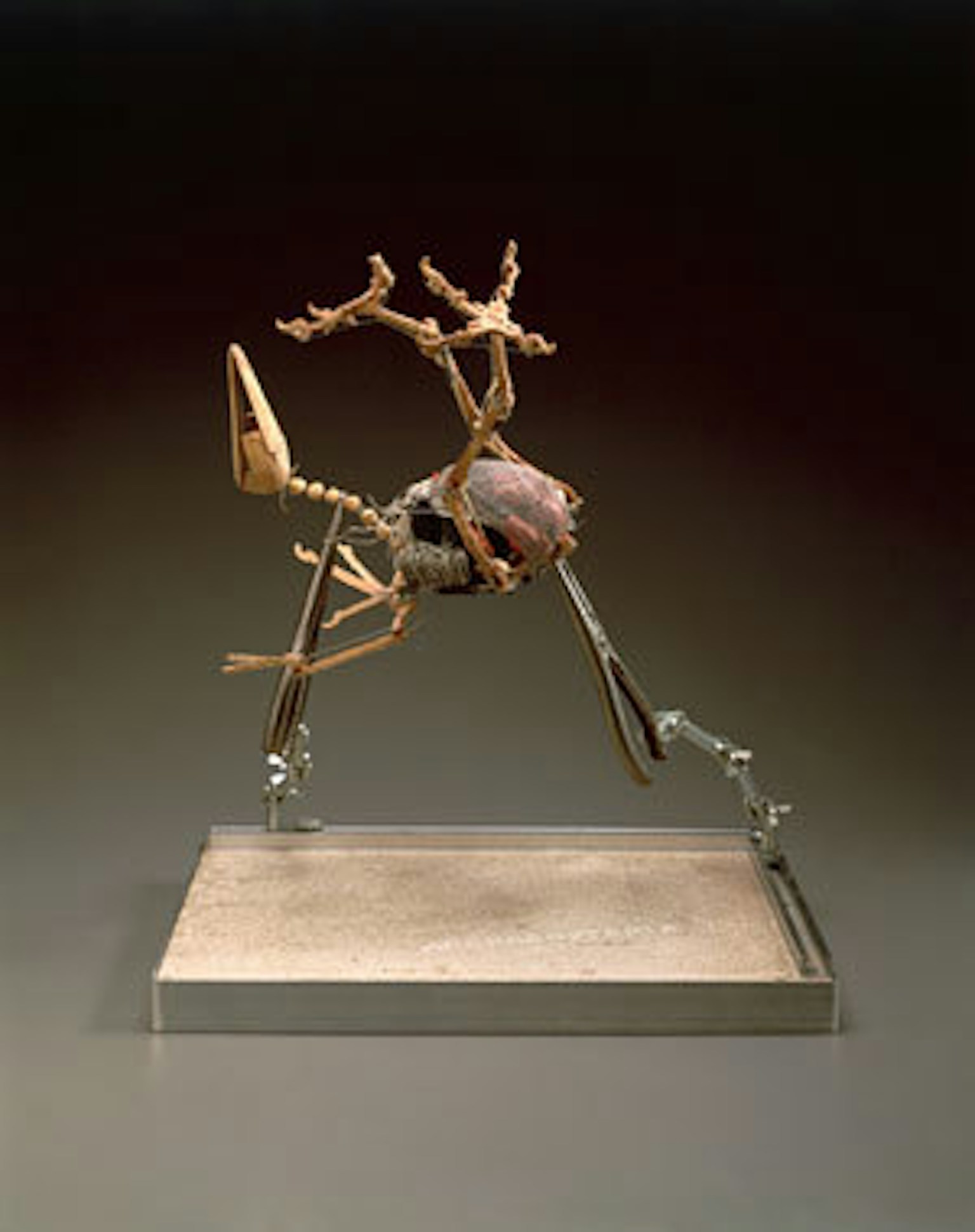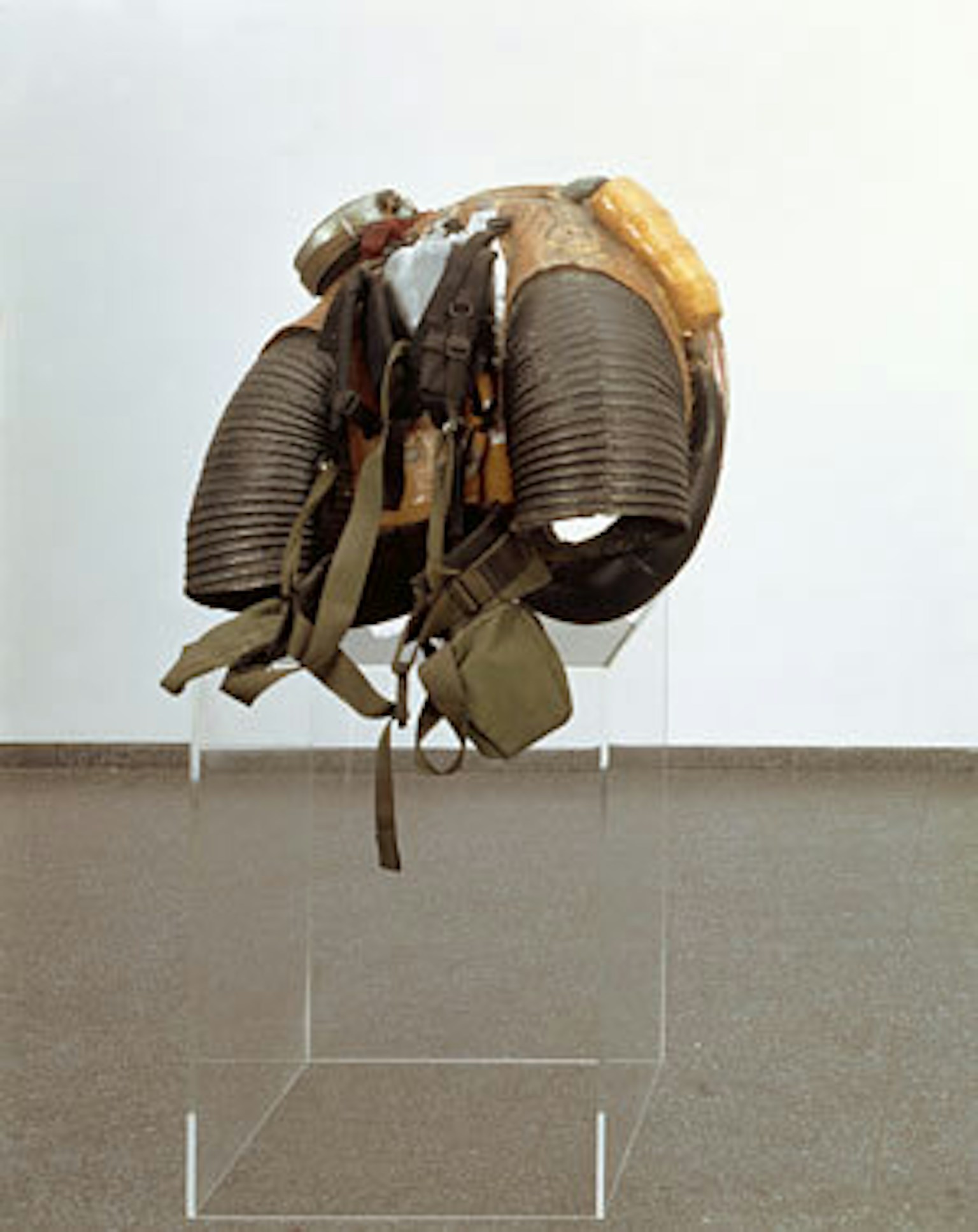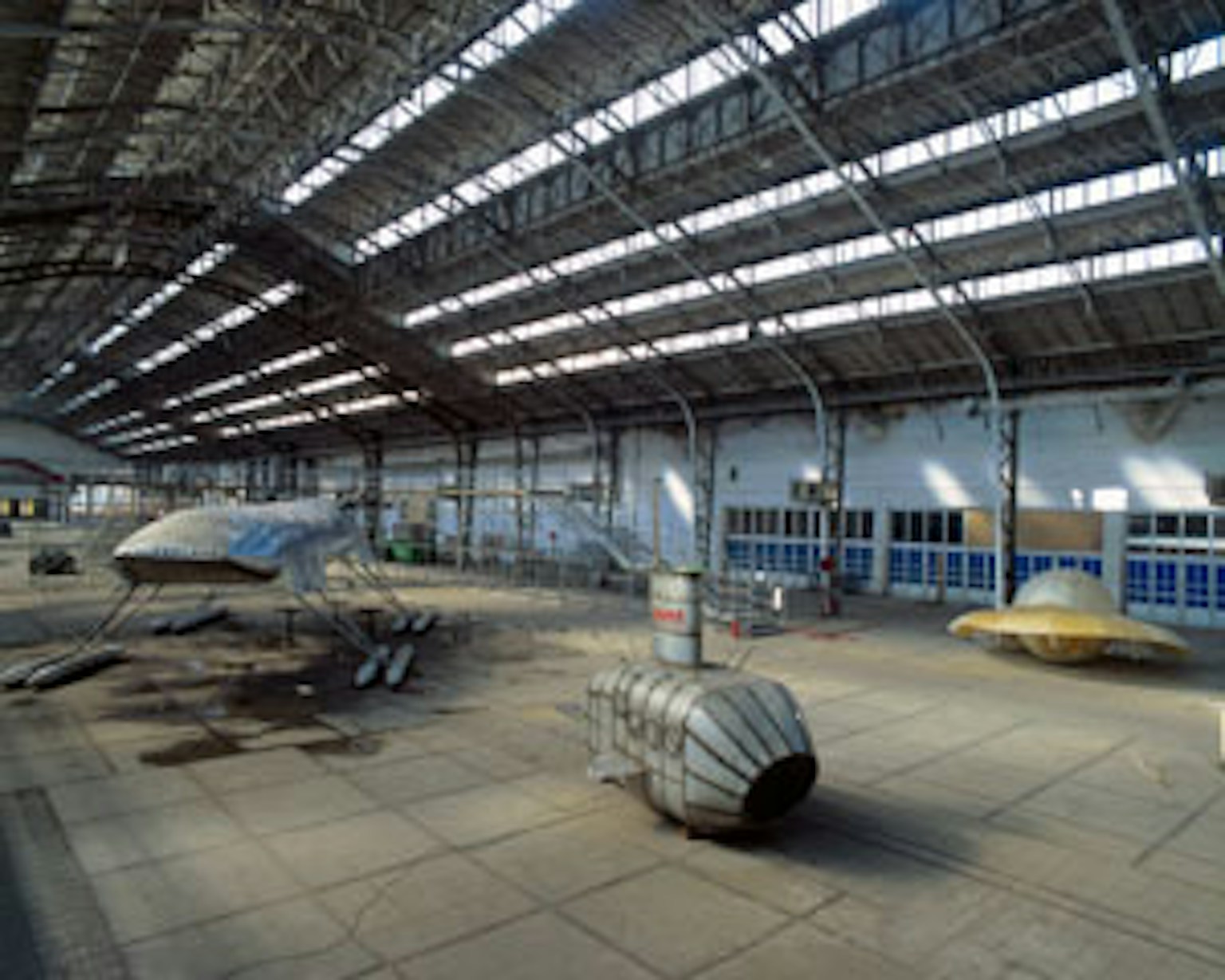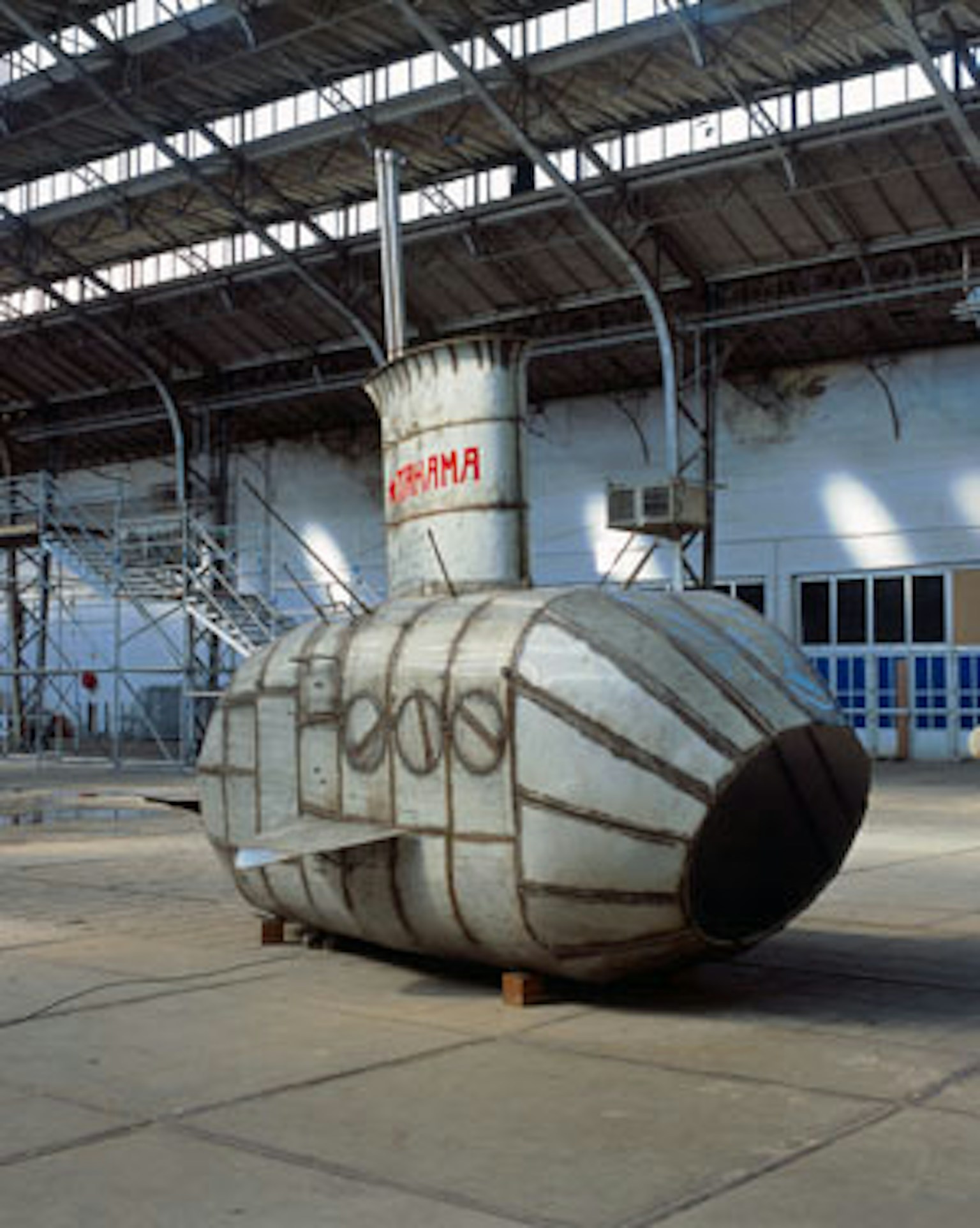Prize J.C. van Lanschot
19.May.01

The biennial J.C. van Lanschot Prize for Sculpture in the Low Countries is intended to give broad recognition to the complete works of an individual artist.
The F. van Lanschot banking concern has had great affection for art and culture since 1737. The foundations of the sizeable art collection the firm owns today were laid in the 18th century. The bank's present collection focuses on Dutch and Belgian artists. The prize for the complete body of work is also meant for Dutch and Belgian artists. In 1998 Panamarenko was honoured with this award. In 1994 it was Carel Vissers and in 1996 Ger Van Elk. Together with the prize money of 1 million Belgian francs or 50,000 guilders, the artist is also given a retrospective exhibition in a Belgian or Dutch museum. This unique Panamarenko exhibition in SMAK has been made possible by the F. van Lanschot bank. During the opening reception on Saturday 3rd March, the winner of the new 2001 J.C. van Lanschot Prize for Sculpture will be announced.
In his quest to build flying machines, vehicles and spaceships, Panamarenko has since the sixties been fascinated by the laws of nature, the movements of insects and animals, natural elements and sources of energy. In this field he has developed his own vocabulary of forms, which leans towards the sciences but clearly occupies its own, original position. In this respect, Panamarenko's point of view is that nothing may be simply assumed, so he researches and calculates everything anew. He is an inventor-engineer who dreams of enabling man to propel himself in the air by his own strength. From science he distils his own conclusions, theories and constructions. He reinvents existing craft such as the airship, the submarine, the aeroplane and the car in a more aesthetic way, concentrating on the harmony between material and function. These pieces, which he always makes by hand, have singular poetic qualities and occupy a position between art and science. SMAK - then simply the Museum of Contemporary Art - was founded in 1975. It started organising exhibitions in 1976. One of the very first was that by Panamarenko in April 1976: 'Introduction to an electric aeroplane', at which the Piewan ('Delta aeroplane P-1', 1975, now in the SMAK collection) was presented. It was a metal one-man plane powered by several small engines. Since then the museum has followed this artist closely, and over the years has bought about ten of his works. 5 years later SMAK is gathering its works together, supplemented by twenty other machines, drawings, aeroplanes, objects and models from the various periods of his work. Such early works as 'Feltra' (1966) and 'Krokodillen' (1967) show the influence of Pop Art. Other creations from the sixties, such as 'Meikever' [May beetle] (1968) and 'Hofkes' (1967) are based on nature. Another example, 'Papaver' [Poppy] (1984) is based on that flower and transforms it into an airship. This theme was resumed in later works, but in a more mechanical form, as in 'Archeopterix' (1990).
After this, Panamarenko presented himself more as a scientist and studied various theories based on natural elements. He provides an explanation of his views in talks and meticulous drawings. 'Magnetische Schoenen' [Magnetic Shoes] (1966-67) and the recent 'Ferro Lusto' (1997) refer, among other things, to the theory of magnetic fields, which enable magnetism to be converted into energy. He also tried out some of his pieces, rucksacks and craft, during his performances, with varying success. The museum will be showing several one-man machines such as 'Provacar' (1976), 'Zwitserse Fiets' [Swiss Bicycle] (1976), 'Umbilly' (1976) 'Bernouilli' (1995) and 'Catapult Max' (1997). Several series of drawings will also be shown, as well as a 'model of the Aeromodeller' (1984) which the museum owns, but which is currently on show at the DIA Art Foundation in New York. Panamarenko designed a display of several large works specially for the big 'floralia hall' behind the museum. 'Scotch Gambit' (1999), which has been in this hall since the opening of the new museum in 1999, will be moved back. The space in front of it will be used to display the submarine 'Panama, Spitsbergen, Nova Zemblaya' (1996) from the Foundation Cartier in Paris, the 'Bing' and the 'Ferro Lusto X' flying saucer. The hall will be largely emptied, and round these works a curved catwalk more than 100 metres long and 5 metres high will be built. In this way visitors will be able to view the works better.

















